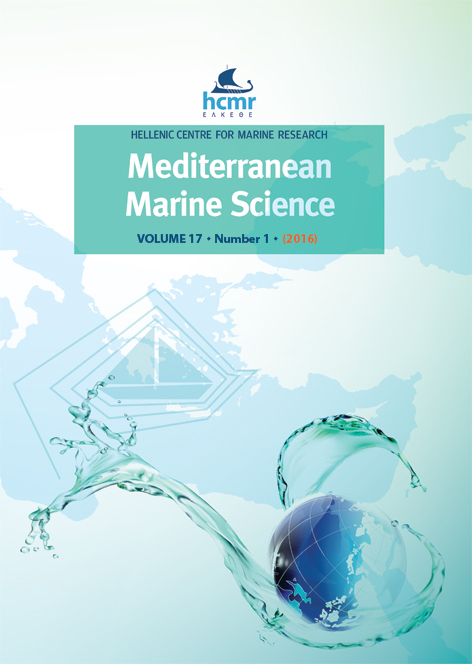Genetic differentiation among Parastichopus regalis populations from Western Mediterranean Sea: potential effects of its fishery and current connectivity.
Abstract
Parastichopus regalis (Cuvier, 1817) is the most expensive seafood product on the catalonian market (NE Spain), with prices around 130 €/Kg (fresh weight). Despite its ecological and economic importance, biological and genetic information on this sea cucumber species is scarce. We provided the first insight on the genetic structure of P. regalis using sequences of cytochrome oxidase I (COI) and 16S genes, as well as a morphological description of its populations. Individuals were collected in six locations along the Spanish Mediterranean coast, including an area under fishery pressure (Catalonia). We found high haplotype diversity and low nucleotide diversity for both genes, with higher levels of genetic diversity observed on COI gene. Population pairwise fixation index (FST), AMOVA and correspondence analysis (CA) based on COI, revealed significant genetic differentiation among some locations. However, further analysis using nuclear markers (e.g. microsatellites) would be necessary to corroborate these results. Moreover, the genetic and morphological data may indicate fishery effects on the Catalonian population with decrease of the size and weight average and lower genetic diversity compared to locations without fishery pressure. For an appropriate management of this species, we suggest: 1) an accurate assessment of the stocks status along the Spanish coasts; 2) the study of the reproductive cycle of this target species and the establishment of a closed fishery season according to it; 3) the founding of protected areas (i.e. not take zones) to conserve healthy populations and favour the recruitment on the nearby areas.
Article Details
- Come citare
-
MAGGI, C., & GONZÁLEZ-WANGÜEMERT, M. (2015). Genetic differentiation among Parastichopus regalis populations from Western Mediterranean Sea: potential effects of its fishery and current connectivity. Mediterranean Marine Science, 16(3), 489–501. https://doi.org/10.12681/mms.1020
- Fascicolo
- V. 16 N. 3 (2015)
- Sezione
- Research Article
Authors who publish with this journal agree to the following terms:
- Authors retain copyright and grant the journal right of first publication with the work simultaneously licensed under a Creative Commons Attribution Non-Commercial License that allows others to share the work with an acknowledgement of the work's authorship and initial publication in this journal.
- Authors are able to enter into separate, additional contractual arrangements for the non-exclusive distribution of the journal's published version of the work (e.g. post it to an institutional repository or publish it in a book), with an acknowledgement of its initial publication in this journal.
- Authors are permitted and encouraged to post their work online (preferably in institutional repositories or on their website) prior to and during the submission process, as it can lead to productive exchanges, as well as earlier and greater citation of published work (See The Effect of Open Access).






